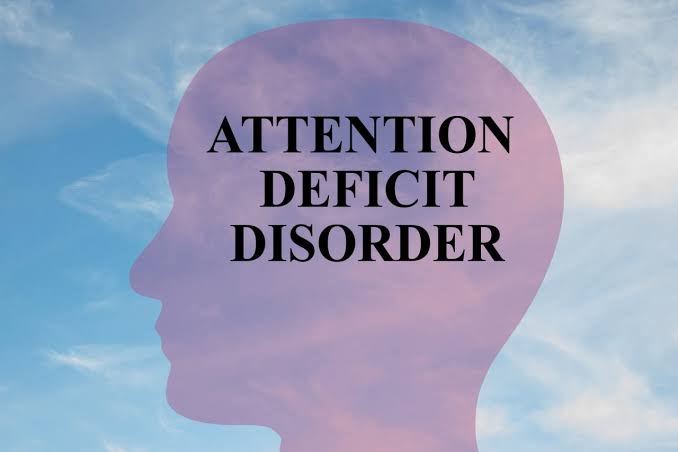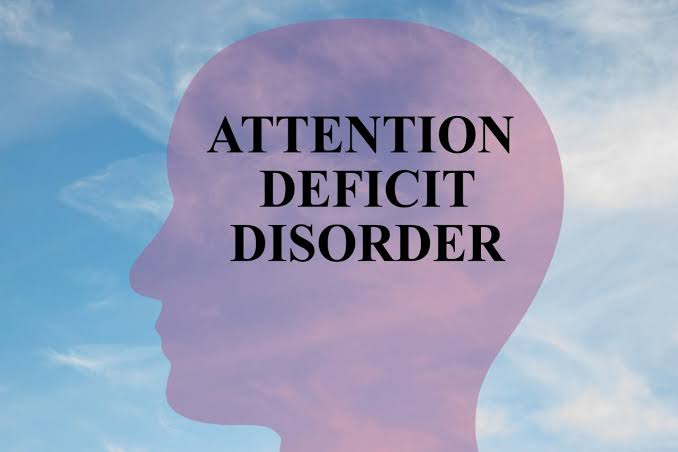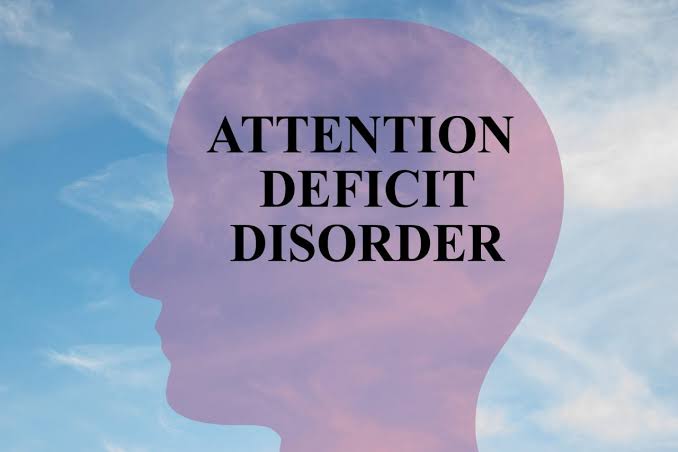Health Desk
Sandeep Dhand Ludhiana
Journalist & Research Analysist
Attention Deficit Disorder, commonly referred to as ADD, is a neurodevelopmental condition primarily characterized by difficulty maintaining attention, focus, and concentration. While commonly discussed in the context of children, ADD also affects adults and is a lifelong condition for many. This disorder can have a profound impact on various aspects of a person’s life, including academic performance, work productivity, relationships, and overall well-being.

Understanding ADD vs. ADHD
In the medical community, ADD is often used interchangeably with ADHD (Attention-Deficit/Hyperactivity Disorder), but they are not identical. ADHD is the broader term that encompasses different types of attention-related issues. ADD refers specifically to a subtype of ADHD that does not include hyperactivity. In ADD, individuals primarily struggle with inattentiveness rather than the impulsiveness and hyperactivity seen in ADHD.
The official diagnostic criteria for ADD, as outlined in the Diagnostic and Statistical Manual of Mental Disorders (DSM-5), focus on symptoms related to inattentiveness, such as:
Frequently failing to pay close attention to details or making careless mistakes.
Difficulty sustaining attention in tasks or play activities.
Often not listening when spoken to directly.
Difficulty organizing tasks and activities.
Avoidance of tasks requiring sustained mental effort.
Frequently losing items necessary for tasks.
Being easily distracted by extraneous stimuli.
Forgetfulness in daily activities.
The absence of hyperactivity makes ADD harder to diagnose, as people with the disorder may not exhibit obvious behavioral problems, particularly in structured environments like classrooms or workplaces.
Symptoms and Signs of ADD
Inattention is the hallmark symptom of ADD, but it manifests differently in various people. Children with ADD might struggle to follow instructions, complete school assignments, or pay attention during lectures. Adults might find it difficult to focus on tasks, prioritize activities, or stay organized.
Some of the most common signs of ADD include:
- Easily Distracted: Individuals may find their attention drawn away by irrelevant thoughts or external stimuli. This is often mistaken for daydreaming or a lack of interest.
- Forgetfulness: Daily tasks such as remembering appointments, paying bills, or keeping track of belongings can become a challenge.
- Disorganization: People with ADD often have difficulty organizing tasks, which can lead to incomplete assignments, missed deadlines, or general clutter in their lives.
- Procrastination: Struggling to complete tasks on time, or delaying work until the last minute, is a common trait. This often leads to feelings of overwhelm and anxiety.
- Poor Time Management: Many with ADD struggle to estimate how much time they need to complete tasks, leading to a cycle of rushing or missing deadlines.

Causes and Risk Factors
The exact cause of ADD remains unclear, though research suggests a combination of genetic, neurological, and environmental factors. Here are some key insights into the potential contributors:
- Genetics: ADD has a significant hereditary component. Studies have found that children with ADD are more likely to have a parent or sibling with the disorder. The heritability of ADD is estimated to be as high as 70-80%.
- Brain Structure and Function: Neuroimaging studies suggest differences in the brain structure of individuals with ADD, particularly in regions related to attention and impulse control. These differences may affect the production or regulation of neurotransmitters like dopamine, which play a key role in attention and motivation.
- Environmental Factors: Exposure to toxins during pregnancy (such as smoking, alcohol, or lead) and low birth weight have been associated with an increased risk of developing ADD. Traumatic brain injuries can also contribute to attention problems.
- Psychosocial Factors: While psychosocial factors do not directly cause ADD, certain environmental conditions like chronic stress, chaotic home environments, or a lack of structure in daily routines can exacerbate the symptoms.
Diagnosis
Diagnosing ADD can be challenging because its symptoms are similar to other disorders, such as anxiety, depression, or learning disabilities. There’s no single test for ADD. Instead, diagnosis typically involves a thorough evaluation by a healthcare provider, which may include:
Clinical Interviews: A healthcare provider may ask about the individual’s history, behavior, and difficulties in daily life.
Behavioral Assessments: These are structured questionnaires completed by the individual or people close to them (such as teachers or family members) that help measure the frequency and severity of symptoms.
Psychological Testing: This may include intelligence tests or assessments of attention and memory to help rule out other causes of the symptoms.

Treatment Options
While there is no cure for ADD, various treatments can help manage its symptoms and improve quality of life. A multi-pronged approach is often the most effective.
- Medications: Stimulants (such as methylphenidate and amphetamines) are commonly prescribed to help increase concentration and reduce impulsivity. These medications work by boosting levels of dopamine and norepinephrine in the brain. Non-stimulant medications, such as atomoxetine or certain antidepressants, are also used in cases where stimulants are ineffective or cause adverse side effects.
- Behavioral Therapy: Cognitive-behavioral therapy (CBT) is frequently used to help individuals with ADD develop coping strategies. CBT can assist in breaking tasks into manageable parts, improving organizational skills, and reducing procrastination.
- Lifestyle Changes: For both children and adults, structure and routine are key to managing ADD symptoms. Regular schedules, lists, reminders, and time-management tools can help improve productivity and reduce the stress associated with disorganization.
- Parent and Teacher Training: In children with ADD, it’s crucial that parents and teachers understand the disorder and implement strategies to help the child succeed. Techniques like breaking instructions into smaller steps, offering frequent feedback, and providing a supportive and low-distraction environment can be helpful.
- Diet and Exercise: There is some evidence that a balanced diet rich in omega-3 fatty acids and regular physical exercise can have positive effects on attention and cognitive function. Exercise, in particular, increases blood flow to the brain and can help with concentration and mood regulation.
Living with ADD
ADD can pose challenges in various aspects of life, but with the right support, individuals can thrive. It is important for people with ADD to learn their strengths and weaknesses and develop coping mechanisms that work best for them. Many individuals with ADD are highly creative, intuitive, and able to think outside the box, qualities that can be leveraged in both academic and professional settings.
Support from friends, family, and colleagues, along with a structured environment, can make a significant difference. Schools and workplaces are increasingly aware of the needs of people with ADD and may offer accommodations like extended deadlines or quiet workspaces to help them succeed.
Conclusion
Attention Deficit Disorder (ADD) is a complex condition that affects many people worldwide. While it can create obstacles in terms of attention, organization, and productivity, with the right interventions, individuals with ADD can lead fulfilling and successful lives. Advances in treatment, combined with greater awareness and understanding of the condition, have made it easier for people with ADD to access the help and support they need.